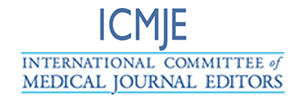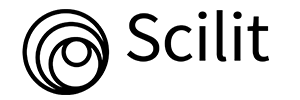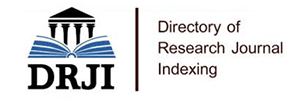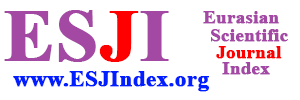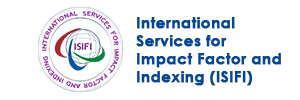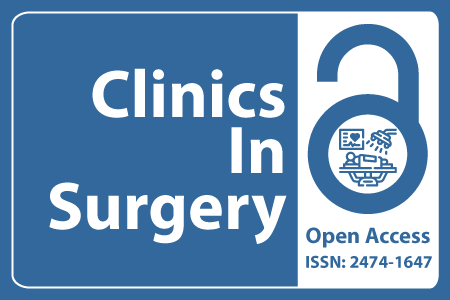
Journal Basic Info
- Impact Factor: 1.995**
- H-Index: 8
- ISSN: 2474-1647
- DOI: 10.25107/2474-1647
Major Scope
- Transplant Surgery
- Surgical Oncology
- Endocrine Surgery
- Thoracic Surgery
- Urology
- Plastic Surgery
- Colon and Rectal Surgery
- Orthopaedic Surgery
Abstract
Citation: Clin Surg. 2022;7(1):3600.Research Article | Open Access
Prospective Cohort Study to Assess the Risk of Seroma Following Giant Midline Incisional Hernia Repair with and Without Subcutaneous Medical Talc Application
Shrestha A1, Eddama MMR1,2*, Cunin L1, Balakumar C1 and Basu S1
1Department of Surgery, William Harvey Hospital, Ashford, UK
2Department of Surgical Biotechnology, Division of Surgery and Interventional Science, University College London, UK
*Correspondance to: Mohammad MR Eddama
PDF Full Text DOI: 10.25107/2474-1647.3600
Abstract
Background: Seroma formation is a recognized complication following Abdominal Wall Reconstruction (AWR) for Giant Midline Incision Hernia (GMIH). The effectiveness of Subcutaneous Medical Talc (SMT) application to prevent seroma formation in these patients has been reported with variable success rates. We aim to investigate whether SMT application reduces the risk of seroma in this group of patients. Methods: A retrospective analysis of prospectively collected data identified 40 patients who underwent AWR for GMIH in a UK District General Hospital between September 2007 and March 2016. The first 20-patients underwent AWR without talc and the subsequent 20-patients underwent AWR with SMT application. Patients’ demographics, clinical parameters and postoperative outcomes were analysed. Results: Similar number of patients in the talc group (5, 25%) and no-talc group (6, 30%) suffered from postoperative seroma (χ2(1) =0.13, p=0.72). However, the length of hospital-stay was significantly (p=0.008) longer in the talc group (mean =7 days, SD=2.7) than no-talc group (mean =5 days, SD=1.9). There were significant differences in the patients’ characteristics between the two groups including: Gender; BMI; duration of symptoms; mesh size used for the repair; and duration of surgery. However, there was no significant increase of the likelihood of seroma in a logistic regression analysis of any of these factors. Conclusion: This study did not show a significant reduction in the incidence of postoperative seroma, in patients, who underwent AWR for GMIH with or without SMT application. Randomized control, powered study is required to conclude the role of SMT application for seroma prevention in this patient population.
Keywords
Cite the article
Shrestha A, Eddama MMR, Cunin L, Balakumar C, Basu S. Prospective Cohort Study to Assess the Risk of Seroma Following Giant Midline Incisional Hernia Repair with and Without Subcutaneous Medical Talc Application. Clin Surg. 2022; 7: 3600..
